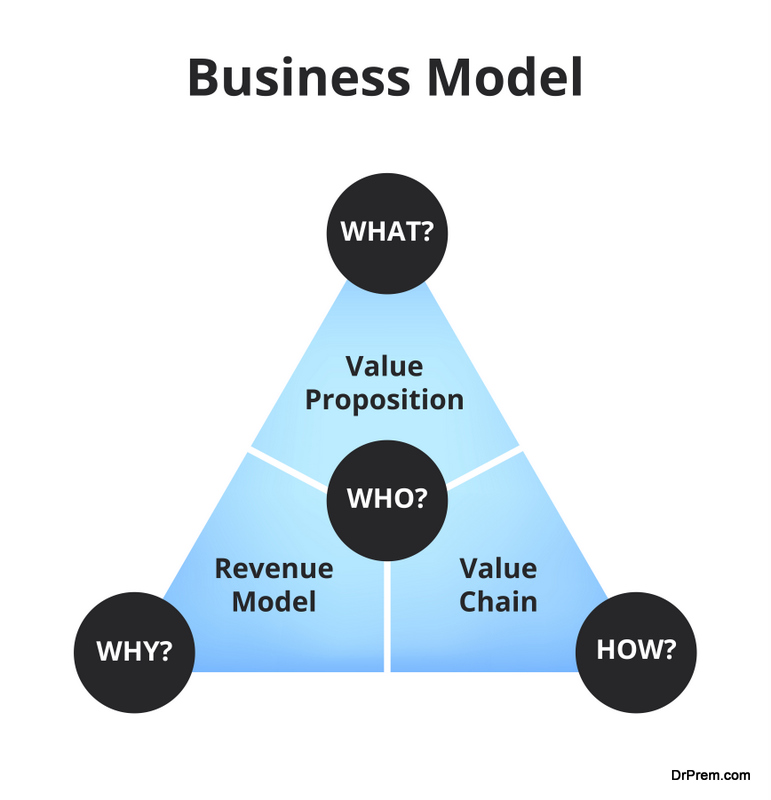A circular economy promotes a more efficient and sustainable society, reducing waste and pollution. The classic example of this economy is using circular economy software for recycling plastic bottles to make new ones, but the concept can be applied to almost any industry.
It’s a way of thinking about using materials, energy, water, and other resources from cradle-to-grave (the entire product lifecycle).
Below we outline 5 ways that the circular economy reduces waste and increases value:
1. It lowers carbon emissions
You may have seen the circular economy highlighted as a key part of the Paris Agreement, or you may have heard of it in relation to waste reduction or pollution.
You might not know exactly what it means, though. The circular economy is an economic model focusing on minimizing waste and creating long-lasting products by using renewable resources and limiting emissions.
This can be done through strategies like:
- designing products for disassembly and repairability
- reusing materials like plastic bottles and cans
- recycling more than just paper, plastic, and metal objects (such as old appliances)
- reducing packaging size to reduce material use needs while increasing product value per unit weight or volume shipped from one place to another.
2. It lowers the dependency on non-renewable resources
This is great news for the environment.
When you use renewable resources and create waste that can be recycled or composted, you’re taking a step in the right direction. The circular economy reduces the use of non-renewable materials such as fossil fuels and mineral ores.
It also decreases your need to use water and landfills, which go hand-in-hand with pollution reduction efforts.
3. It enables new business models and opportunities

As you can see, the circular economy is not just a way to reduce waste; it also enables new business models and opportunities. It’s a win-win for companies by enabling them to reduce costs, improve efficiency and increase productivity.
However, before you jump in with both feet into a circular economy program or initiative, there are some things that you should know about how it works—and its limitations as well.
4. It strengthens competitiveness
The circular economy is a new way of thinking about business. It offers a way to improve competitiveness and be more sustainable while also enabling companies to create value throughout their whole value chain.
It is an opportunity for companies to think creatively about how they can add more value than they take away from society by creating products that are designed to last longer or that can be easily repaired or upgraded with minimal waste. The best part? It doesn’t just benefit the environment—it’s good for business too.
As we’ve seen above, adopting a circular economy approach reduces waste and increases resource efficiency, ultimately leading to significant cost savings.
5. It creates jobs
The circular economy is a big opportunity for job creation. This is because it generates more jobs than the linear economy, which has been around since the Industrial Revolution.
That’s because companies that go circular can employ more people and produce more products with less waste.
One way to get started with a circular economy is to develop a resource-efficient business model. This means that you’ll need to think about how you can use less materials and energy while creating the same amount of value for your customers.
Conclusion
The circular economy is not only an ambitious concept but also an opportunity. I believe that it will be the way of our future, and I hope to see more companies and governments taking on this challenge to create a sustainable future for themselves and the planet!
Article Submitted By Community Writer




